There is something wrong with the concrete. From the tower to the parking lot, which already pilloried through its use in countless architectural eyesores, environmental credentials of concrete are also now coming under scrutiny. The material is used so widely that world cement production now contributes 5 per cent of annual anthropogenic global CO2 production, with China's booming construction industry producing 3 per cent alone. And the problem looks set to get worse: already produced in over 2 billion tonne quantities per year. It is estimated that by 2050, the concrete consumption will reach four times the level of 1990.
What began more than 65 years ago as a novel way to build concrete walls for warehouses and manufacturing plants grew to a multi-billion dollar market, with an estimated 15% of all low-rise commercial and industrial buildings constructed with Tilt-Up. In some areas, the figure approaches 100% as the use of Tilt-Up for two- to five-story commercial buildings is claiming an increasing share of the construction market. Imaginative design professionals are now applying the Tilt-Up method to office buildings, shopping centers, distribution centers, schools, prisons, auto dealerships, banks, hotels/motels and other building types.
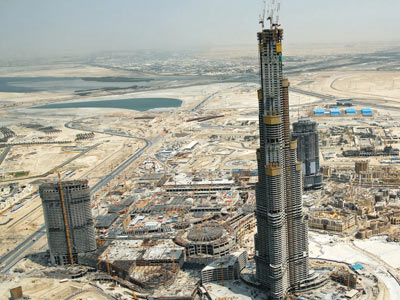
The Tilt-Up Concrete Association (TCA) conducted a survey in 2007 revealing approximately 790 million sq. ft. of Tilt-Up buildings were constructed that year equating to an estimated 11,000 to 12,000 buildings. These projects ranged in size from 4,000 sq. ft. to several exceeding 1 million sq. ft. And th numbers keep growing as more architects, engineers, contractors, and developers become aware of the many advantages of the Tilt-Up method for constructing walls for low-rise industrial and commercial buildings.
Concrete is used in such large amounts because it is a remarkably good building material: not just for basic road construction, but also for rather more glamorous projects. The Burj Dubai skyscraper, still under construction but already well over half a kilometre high; the final height remains secret, but the building is set to dwarf all other man-made structures, which relies on a highly flowable concrete mixture that doesn't harden before it can be pumped to the top of the tower, yet forms a strong and robust final product. And the construction industry of Japan has pioneered ultra strength varieties from which to build its earthquake-proof bridges, and the Tokyo apartment blocks that form some of the most expensive real estate in the world.
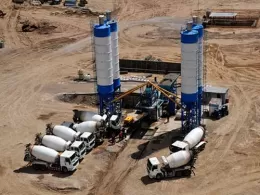
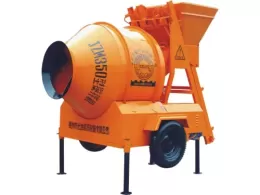
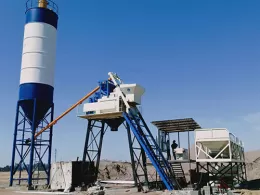

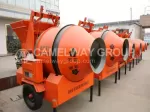
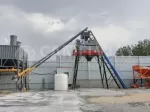

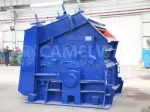
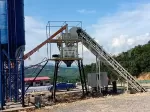
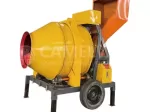
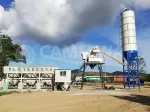
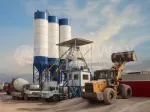
0 Comment